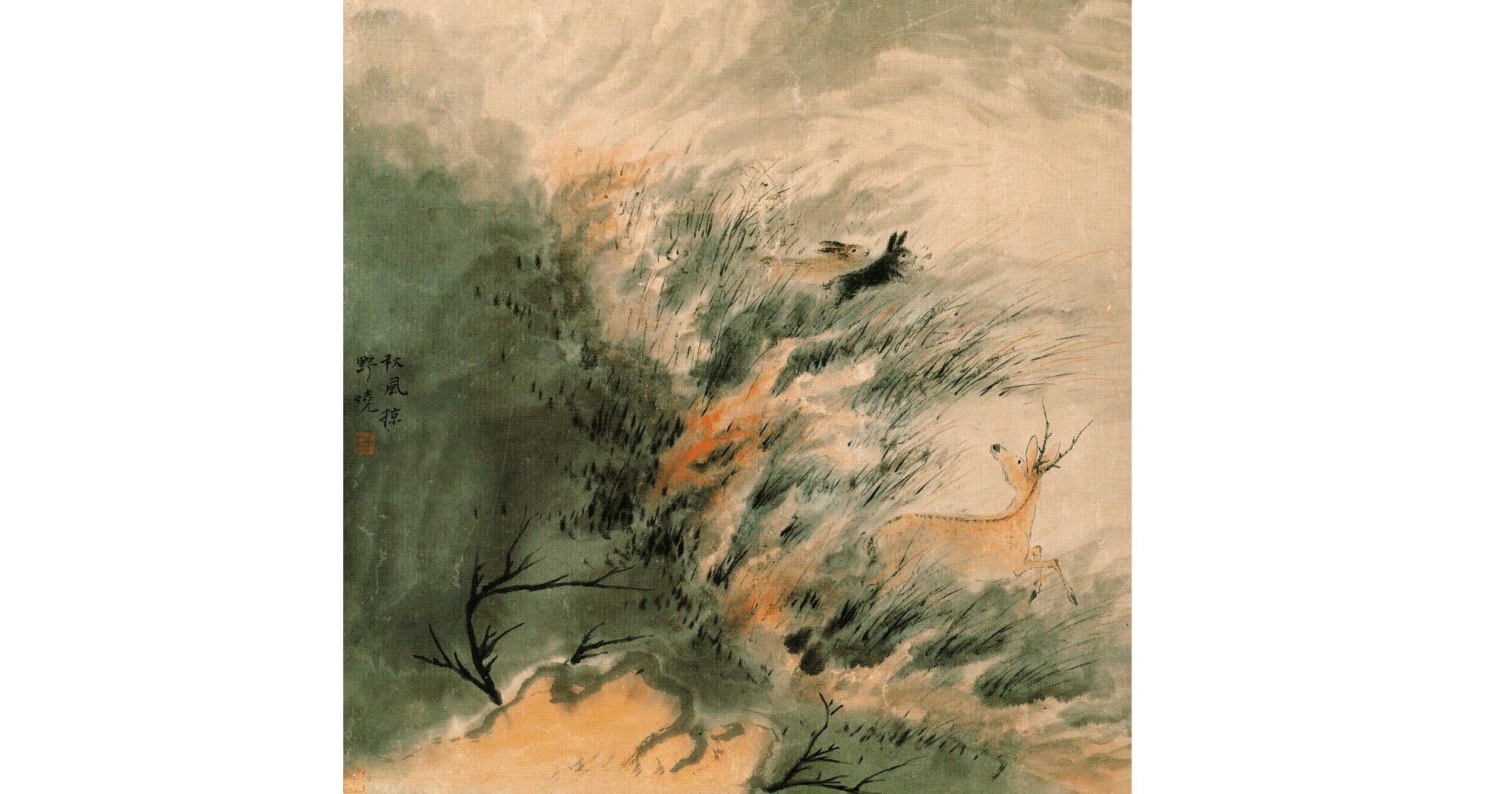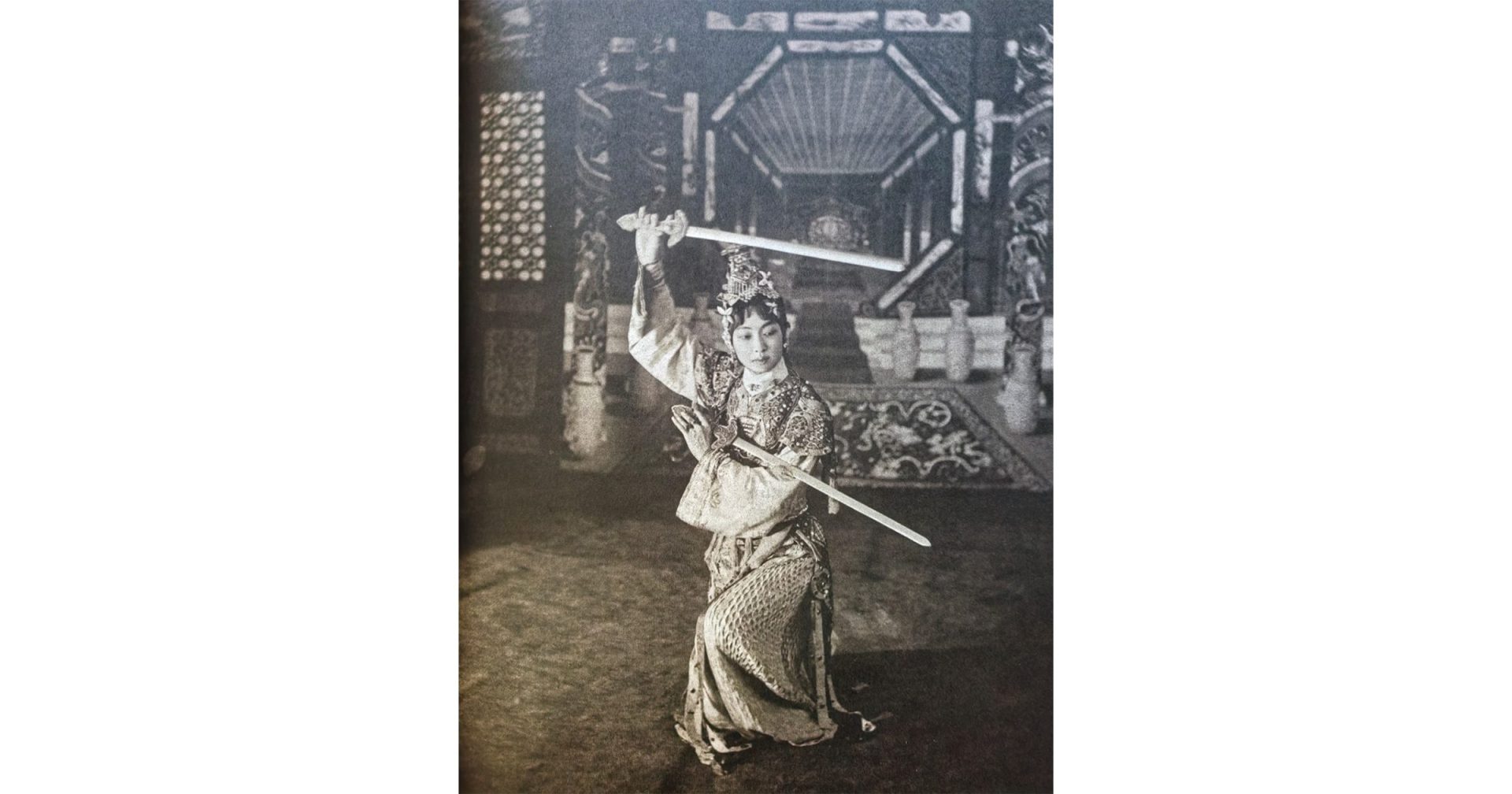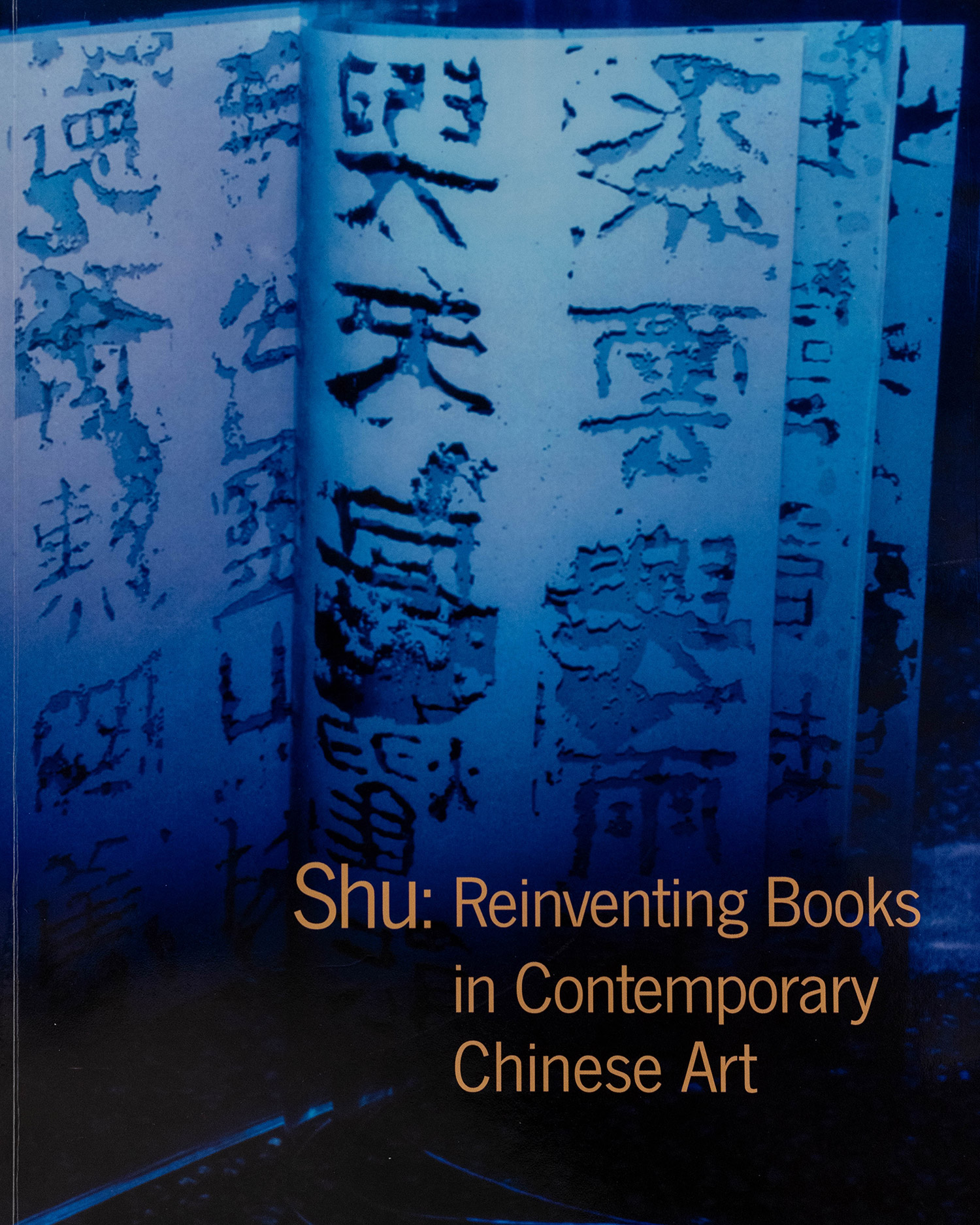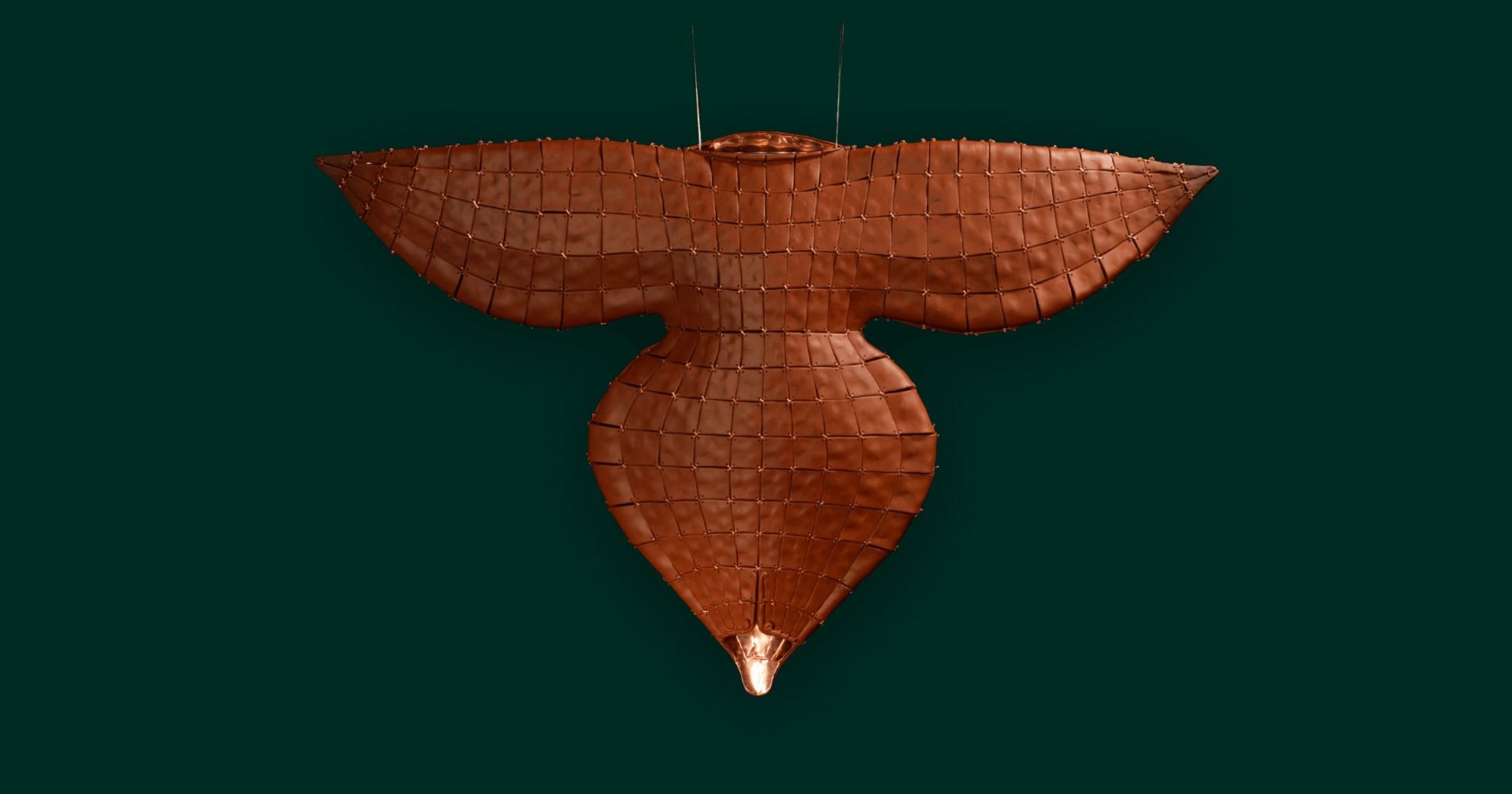The book—as subject, inspiration, or artistic medium—lies behind some of the best-known works of the Chinese avant-garde. Since the 1980s, these artists have undertaken many book-related projects. The high frequency and impressive creativity of their projects demonstrate the important roles that books have played as sources for artistic imagination and visual vocabulary in contemporary Chinese art. More than thirty works from twenty-two prominent Chinese artists were presented at this exhibit, illuminating complex relations between traditional and diversified artistic approaches. This exhibition was the first serious examination of the influence of books in contemporary Chinese art and demonstrated how contemporary Chinese artists conducted artistic experiments to engage both China’s cultural heritage and modern concerns. Structured around three themes, the first section, “Reimagining Tradition,” included works that derive visual elements from traditional Chinese books and painting/calligraphy albums. The second section, “Negotiating History and Memory,” was more closely connected to the historical experiences of contemporary Chinese artists and examined the roles that books have played in education, globalization, and politics. The third section, “Displaying Books,” consisted of a few works that reflected the way books are “displayed” in public and private spaces.
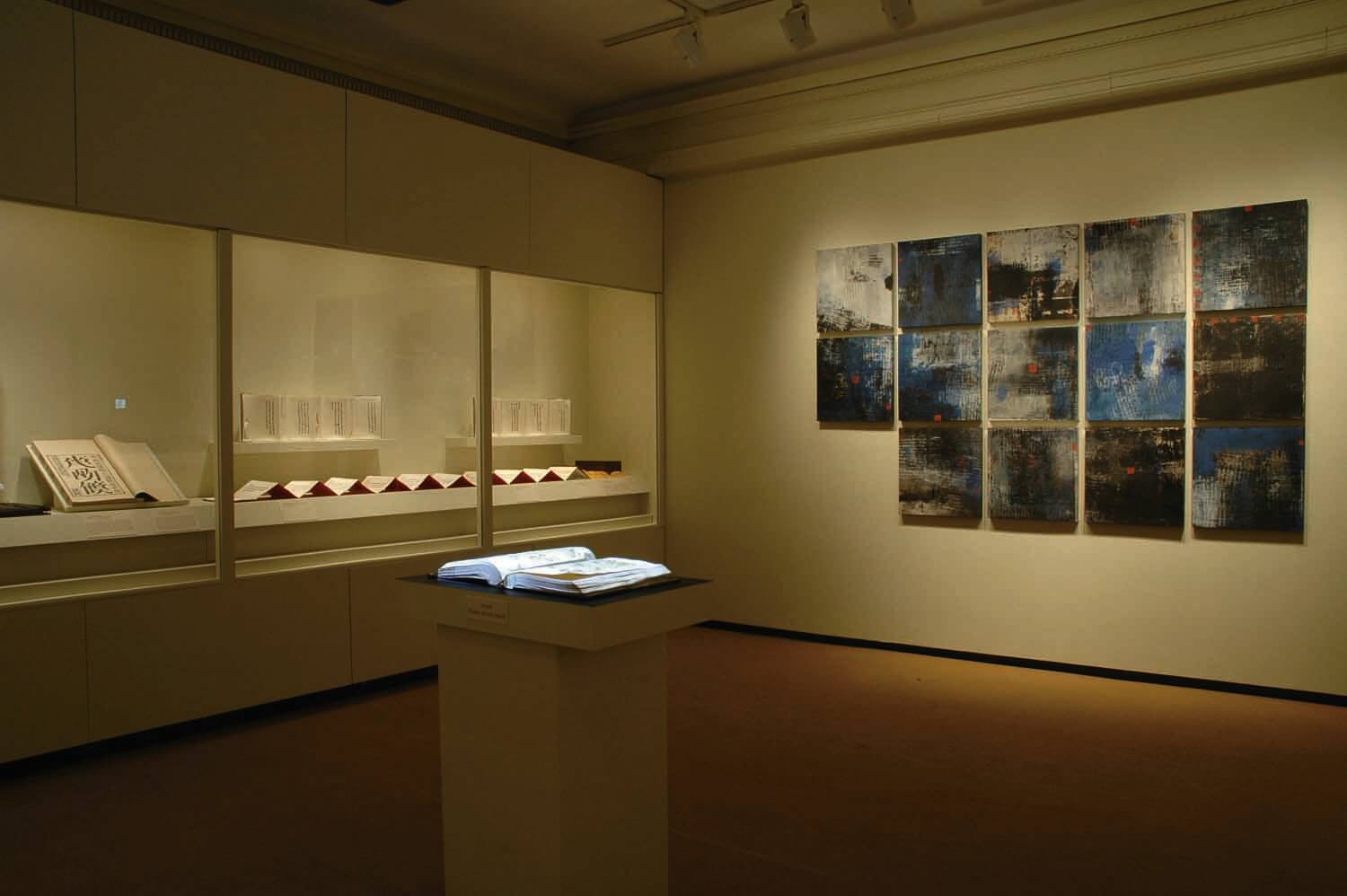
Shu: Reinventing Books in Contemporary Chinese Art
书:中国当代艺术的再创
Exhibition Catalogue
Authors: Wu Hung
Books—as subject, inspiration, or artistic medium—lie behind some of the best known works of the Chinese avant-garde. More than 30 works by 22 prominent Chinese artists are presented, illuminating complex relations with tradition as well as a surprising diversity of artistic approach. Lengthy statements by the individual artists lend insight into the profound effect of personal experience, politics, and recent history on their works. The curator’s essay explores an indigenous narrative on contemporary art in a global context, thus offering an explanation for why contemporary Chinese art is both ‘contemporary’ and ‘Chinese’.
Exhibition catalog, 2006. Paperback, 119 pages: ill. ISBN: 0-9729352-4-X
Media Coverage
- Bridge L. Goodbody, “Art Review: Defending the Printed Page as the New China Stirred,” The New York Times, January 5, 2007.
“The exhibition, divided into two parts…does provide a savvy snapshot of the early- 1990s Chinese contemporary-art scene…[and] focuses on how current Chinese artists bridge the gap between China’s literati past and its increasingly capitalist present.”
- J. May Lee Barrett, “The Book in Contemporary Chinese Art,” Asian Art, November 2006.
- Peggy Wang, “Rereading Contemporary Chinese Art,” Orientations, September 2006.
Media Coverage
- China Press 侨报
- Sing Tao Daily 星岛日报
- World Journal 世界日报
Related Programs
- Lectures: Willow Weilan Hai, “Da Shanzi: A Contemporary Art Center in Beijing” (November 9, 2002); “Past in Reverse: Contemporary Art of East Asia” (November 13, 2002).
- Symposium: “Shu: Reinventing Books in Contemporary Chinese Art” (November 4, 2006). Speakers included: Wu Hung, Philip K. Hu, Betti-Sue Hertz, Robert E. Harrist, Jr., Xu Bing, and Wen C. Fong. The symposium reviewed the way contemporary artists draw inspiration from a traditional theme and create new works that resonate with contemporary audiences, both Chinese and Western.
- Short Courses: Philip Tinari, “Contemporary Chinese Art: Part 1” (January, 2001); “Contemporary Chinese Art: Part 2” (March, 2008).
- Short Course and Symposium information gathered from Asian Art Archive.
Related Events
